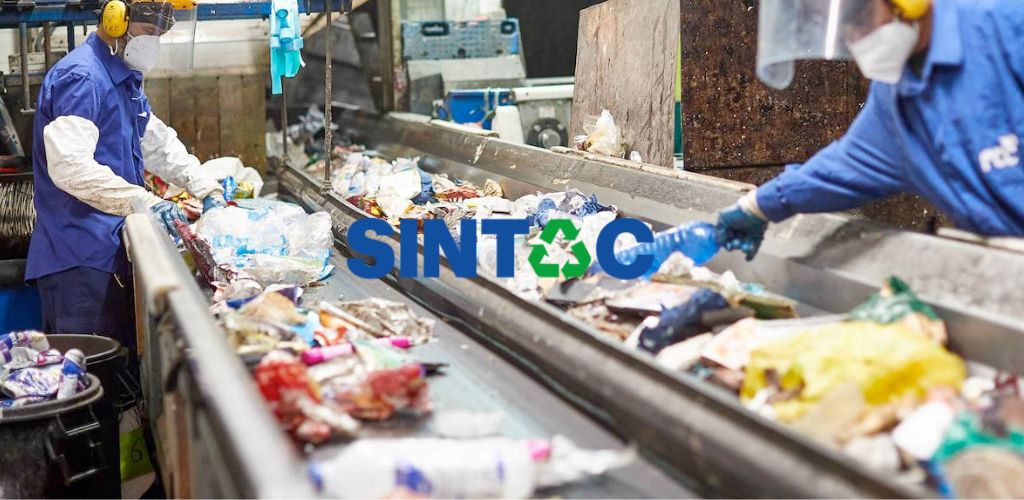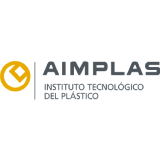What is a recycling plant?
More and more people are committed to the environment and, through the correct separation of household waste, are promoting recycling and the preservation of the planet. However, there are still many citizens who do not know what happens to light packaging, cardboard or glass once they are thrown into the selective waste bin and what role recycling plants play in converting this waste into resources. Knowing what the function of these facilities is and how they work is key to both increasing recycling figures and moving towards a circular economy.

How do they work?
Recycling plants are those facilities that receive the waste that citizens generate in their homes and deposit in the different fractions of containers in the city. Their objective is to convert cardboard, paper, plastic, glass and organic matter into resources that can be used to create new products. To be effective, its operation requires a great deal of organisation, precision and speed.
- Waste collection and transfer to the recycling plant: The waste collection service of each municipality is responsible for collecting and transferring the contents of the containers to the recycling plant assigned to each municipality. To make this process as fast and efficient as possible, the waste is separated by type: paper and cardboard go into the blue bin, light packaging into the yellow bin, glass into the green bin, organic matter into the brown bin and other waste into the grey bin.
- Waste sorting and treatment: Once at the recycling plant, the contents of the lorries are dumped onto a bulky waste sorting belt. This is where the first review of the waste received is carried out and those which, due to their size, are considered bulky and cannot be recycled at the plant are discarded. Once this task has been completed and after passing through the bag-opening machine, manual and mechanical sieving is carried out to separate the waste by fraction and discard any unwanted waste.
- Pressing and recovery of waste: Waste that has not been discarded will be treated and recycled with the aim of being used to create new products. Organic matter, for example, will undergo a biological composting process and become natural fertiliser. Plastic, paper, cardboard or metal will be packaged for reuse. The recycling process for these materials is different and therefore requires different treatment appropriate to their properties.
- Waste disposal: Waste that, due to its characteristics, cannot be reused will be discarded and taken to landfill.
What is recycled in a recycling plant?
In recycling plants, only waste that can be reused and converted into new products can be treated and recycled. We are talking about, for example:
Lightweight packaging: plastic bottles, cans and aluminium cans, plastic bags, teat-bricks, film and aluminium foil, etc.
Paper and cardboard: cereal boxes, biscuit or shoe boxes, magazines, newspapers, notebooks and sheets of paper, wrapping paper, etc.
Glass: bottles, bottles, jars and flasks made of this material.
Organic matter: food and garden waste from the public and large producers.
Intimate hygiene products, such as sanitary towels, tampons, nappies, wet wipes or razors, are some of the waste that could not be recycled and would be sent to landfill.

Plastic recycling plant
As the name suggests, the plastic recycling plant is a plant designed to treat, classify and recover waste made from this material. And, although the operation of these facilities is quite similar to that of other facilities of a different fraction, there are small differences in the sieving of plastic waste and other waste.
For example, once the bags have been automatically opened, the plastic waste is introduced into a rotating screen and separated by size. After this first sieving, they pass through optical readers that allow the separation of the plastics according to the polymers present in each one of them. At the end of this phase, the unsuitable plastics are manually discarded from those that will go to the press. In this case, the plastic waste is grouped and pressed by category in order to facilitate its subsequent reuse:
PET: water and soft drink bottles, in turn separated by colour.
HDPE: detergent and food packaging.
Plastic film: bags and film.
Mixed plastic: yoghurt and food packaging, plastic trays…

How is plastic recycled?
Once the waste has been separated and grouped in balers by category, it is time to recycle it. But how is plastic recycled? As in the case of screening and sorting, this waste goes through a series of stages:
Shredding of the plastic waste.
Washing, to remove any impurities that may be present.
Drying and centrifuging, to eliminate the remains.
Homogenisation, with the aim of forming a plastic agglomerate and unifying colours and texture.
Extrusion to form long filaments.
Granulation to obtain small pellets (pellets) that will be used to create new products.
In the same way, SINTAC has been carrying out this recycling process for more than 30 years, with the aim of obtaining the highest quality standards, so as to guarantee the full circularity of the material.
SINTAC’s mission is based on incorporating the latest technologies in order to establish an industrial process that minimises energy consumption, which is why most of its facilities have solar panels. This plant contributes to achieving the Commission’s packaging recovery targets for the European Plastics in the Circular Economy Strategy, which aims to use 25% of this type of material for the production of new plastic packaging by 2025.













